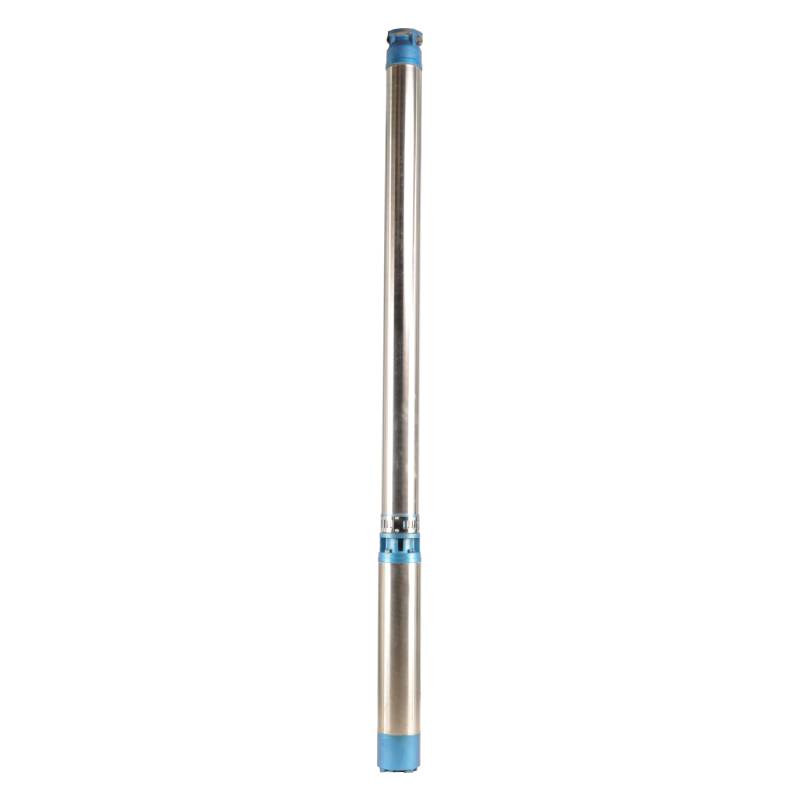Aug . 13, 2024 04:52 Back to list
Efficient Submersible Pump Solutions for Challenging Underwater Applications and Industrial Needs
The Underwater Motor Pump An Essential Tool for Marine and Industrial Applications
Underwater motor pumps are specialized devices designed to operate submerged in water, providing effective and efficient solutions for various pumping needs. These pumps play a crucial role in different industries, including marine, construction, agriculture, and wastewater management. Understanding the functionality, advantages, and applications of underwater motor pumps can help users make informed decisions when considering this technology for their projects.
Functionality and Design
An underwater motor pump typically consists of a motor, a pump housing, and an impeller. The motor is sealed to prevent water ingress, allowing it to function safely underwater. These pumps are usually powered by electricity, though hydraulic and pneumatic versions also exist. When activated, the motor drives the impeller, which creates a difference in pressure, allowing the pump to draw water from a source and transport it to the desired location.
The design of underwater motor pumps varies according to their intended use. Some models are submersible, meaning they are designed to operate completely underwater, while others may be semi-submersible, with only the pump component submerged. The choice of materials used in construction, such as stainless steel or specialized plastics, ensures durability and corrosion resistance, which is critical in harsh underwater environments.
Advantages of Underwater Motor Pumps
One of the standout advantages of underwater motor pumps is their ability to operate in challenging conditions where traditional pumps might fail. Because they function underwater, they can effectively handle high volumes of water with minimal surface disturbance. This feature is particularly beneficial in applications such as flood control, where rapid water removal is necessary.
Moreover, underwater motor pumps are known for their efficiency. They typically require less energy to operate compared to surface-mounted pumps, making them a cost-effective option for long-term usage. Their design also minimizes the likelihood of cavitation, a phenomenon that can reduce pump performance and lifespan. This efficiency translates to lower operational costs and enhanced reliability.
underwater motor pump

Maintenance requirements for underwater motor pumps are generally lower than for other types of pumps, provided they are installed and operated correctly. These pumps are often designed for easy inspection, and routine servicing can typically be performed without the need for extensive disassembly.
Applications in Various Industries
Underwater motor pumps are utilized across numerous sectors. In agriculture, they are often employed for irrigation purposes, allowing farmers to extract water from wells or rivers efficiently. In the construction industry, these pumps are vital for dewatering sites, ensuring that excavation and foundation work can proceed without the hindrance of accumulated water.
In marine applications, underwater motor pumps facilitate various tasks, from moving water within aquaculture systems to assisting in the maintenance of harbors and docks. They are also integral to the oil and gas industry, where they are used to transport fluids from underwater extraction sites to processing facilities.
Wastewater treatment facilities frequently rely on underwater motor pumps to move sewage and effluents through treatment processes. Their ability to handle particles and debris without clogging makes them particularly suited for such applications.
Conclusion
In summary, underwater motor pumps represent a vital technological solution to a myriad of pumping challenges faced across different industries. Their robust design, efficiency, and versatility underscore their importance in applications ranging from agriculture to marine operations. As the demand for reliable and effective pumping solutions continues to rise, the underwater motor pump stands out as an essential tool that combines innovation with practical functionality, ensuring that water management remains effective even in the most demanding environments.
-
Submersible Water Pump: The Efficient 'Power Pioneer' of the Underwater World
NewsJul.01,2025
-
Submersible Pond Pump: The Hidden Guardian of Water Landscape Ecology
NewsJul.01,2025
-
Stainless Well Pump: A Reliable and Durable Pumping Main Force
NewsJul.01,2025
-
Stainless Steel Submersible Pump: An Efficient and Versatile Tool for Underwater Operations
NewsJul.01,2025
-
Deep Well Submersible Pump: An Efficient 'Sucker' of Groundwater Sources
NewsJul.01,2025
-
Deep Water Well Pump: An Efficient 'Sucker' of Groundwater Sources
NewsJul.01,2025
-
 Submersible Water Pump: The Efficient 'Power Pioneer' of the Underwater WorldIn the field of hydraulic equipment, the Submersible Water Pump has become the core equipment for underwater operations and water resource transportation due to its unique design and excellent performance.Detail
Submersible Water Pump: The Efficient 'Power Pioneer' of the Underwater WorldIn the field of hydraulic equipment, the Submersible Water Pump has become the core equipment for underwater operations and water resource transportation due to its unique design and excellent performance.Detail -
 Submersible Pond Pump: The Hidden Guardian of Water Landscape EcologyIn courtyard landscapes, ecological ponds, and even small-scale water conservancy projects, there is a silent yet indispensable equipment - the Submersible Pond Pump.Detail
Submersible Pond Pump: The Hidden Guardian of Water Landscape EcologyIn courtyard landscapes, ecological ponds, and even small-scale water conservancy projects, there is a silent yet indispensable equipment - the Submersible Pond Pump.Detail -
 Stainless Well Pump: A Reliable and Durable Pumping Main ForceIn the field of water resource transportation, Stainless Well Pump has become the core equipment for various pumping scenarios with its excellent performance and reliable quality.Detail
Stainless Well Pump: A Reliable and Durable Pumping Main ForceIn the field of water resource transportation, Stainless Well Pump has become the core equipment for various pumping scenarios with its excellent performance and reliable quality.Detail
